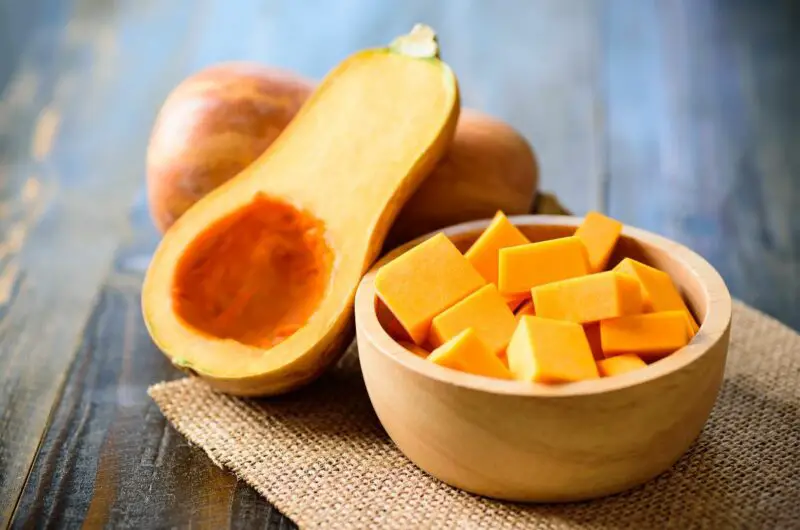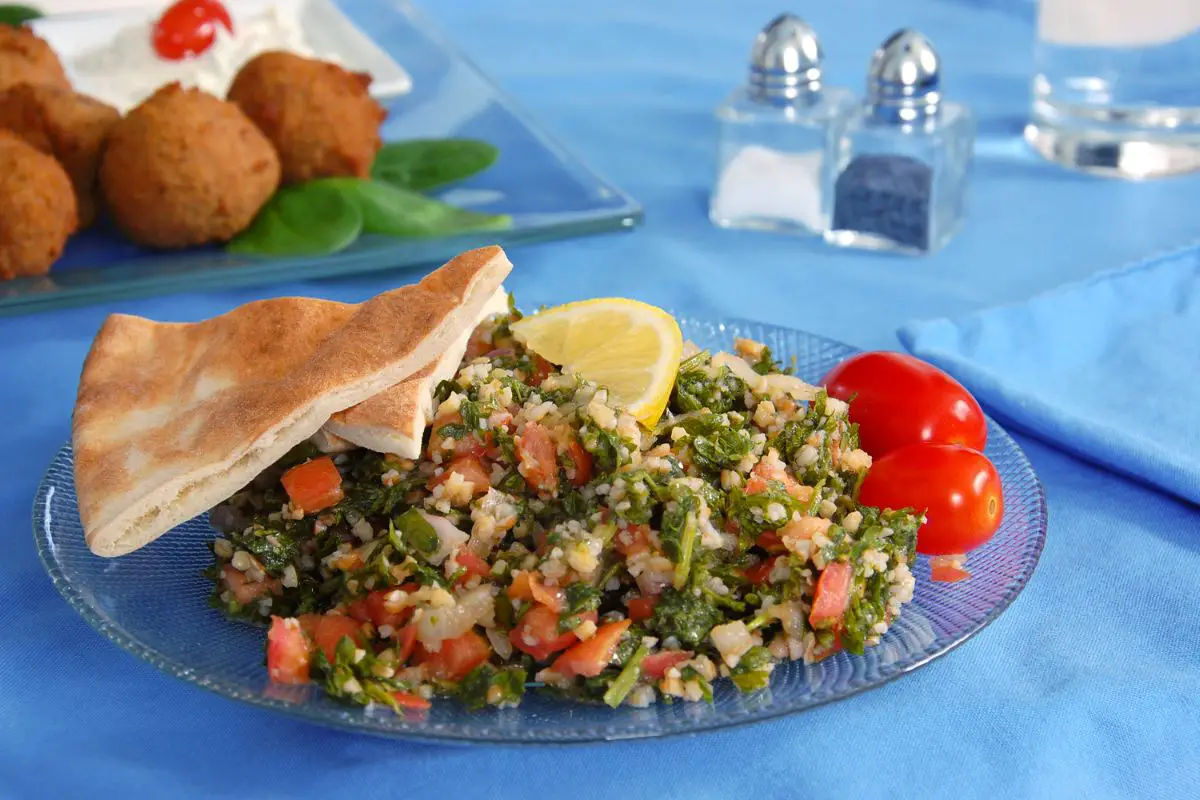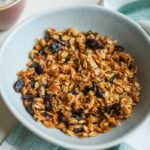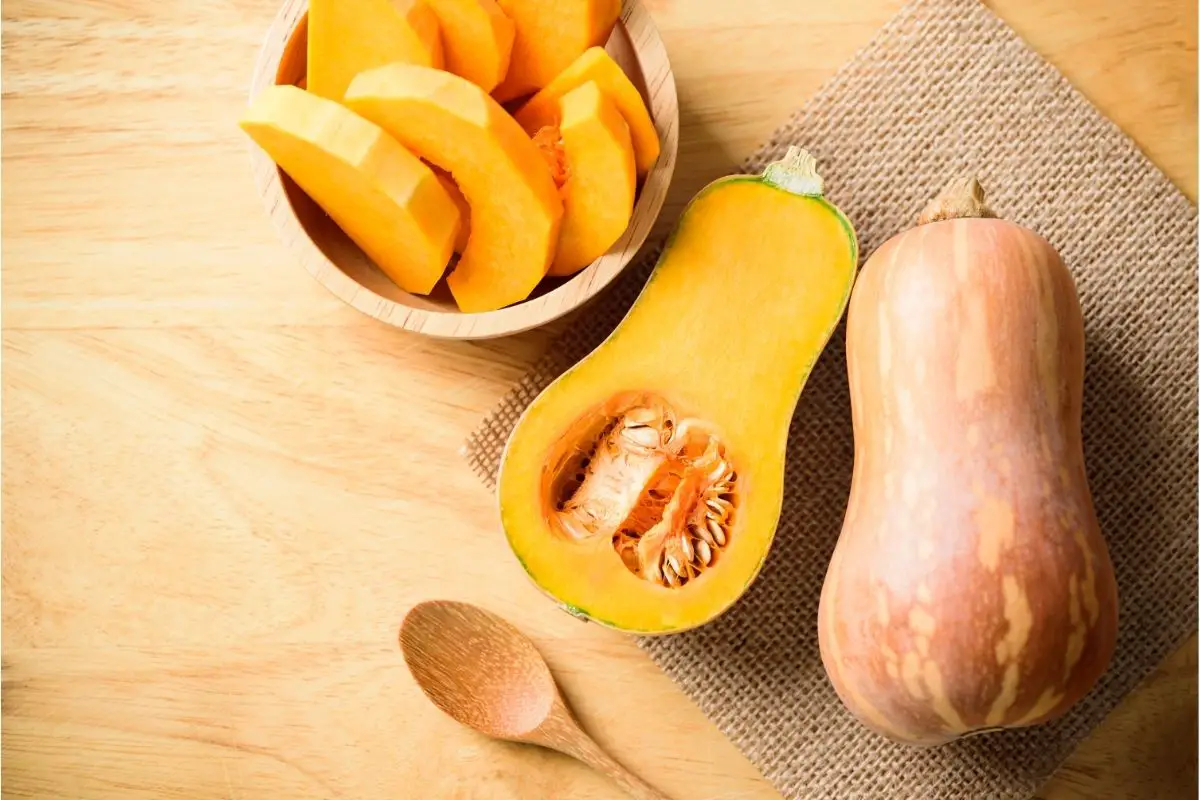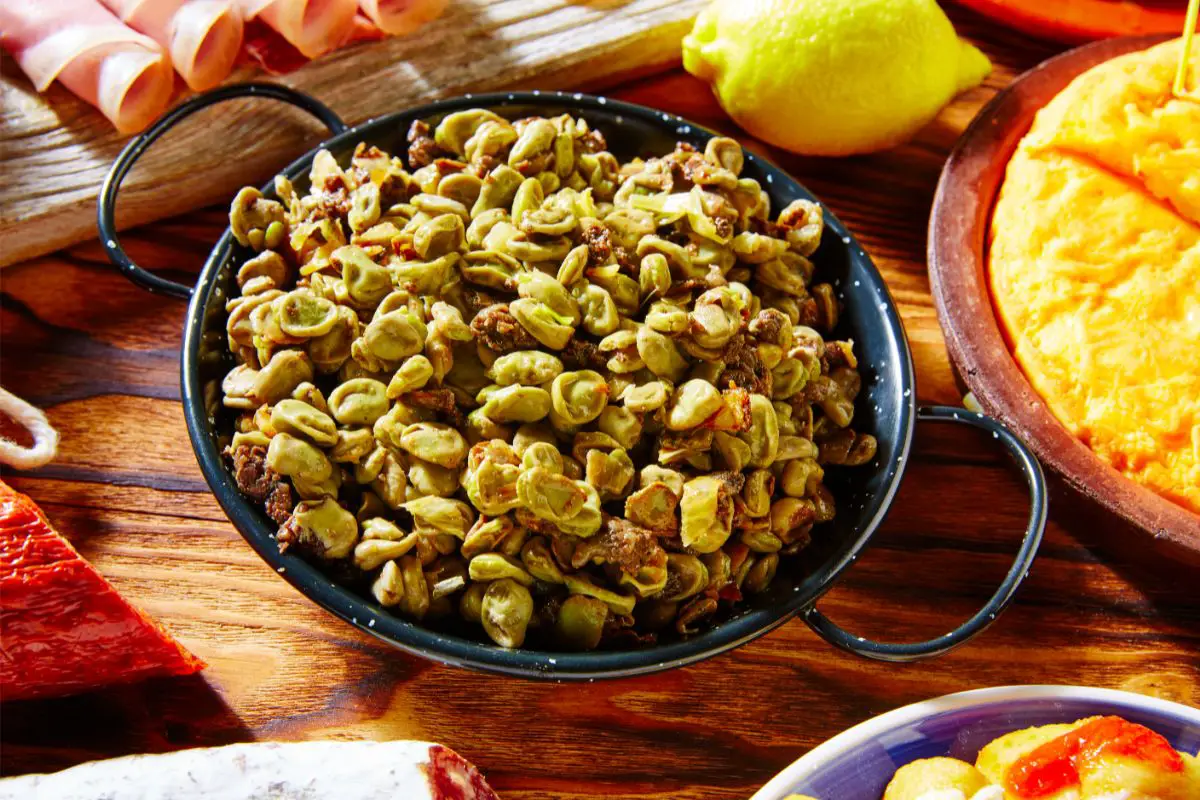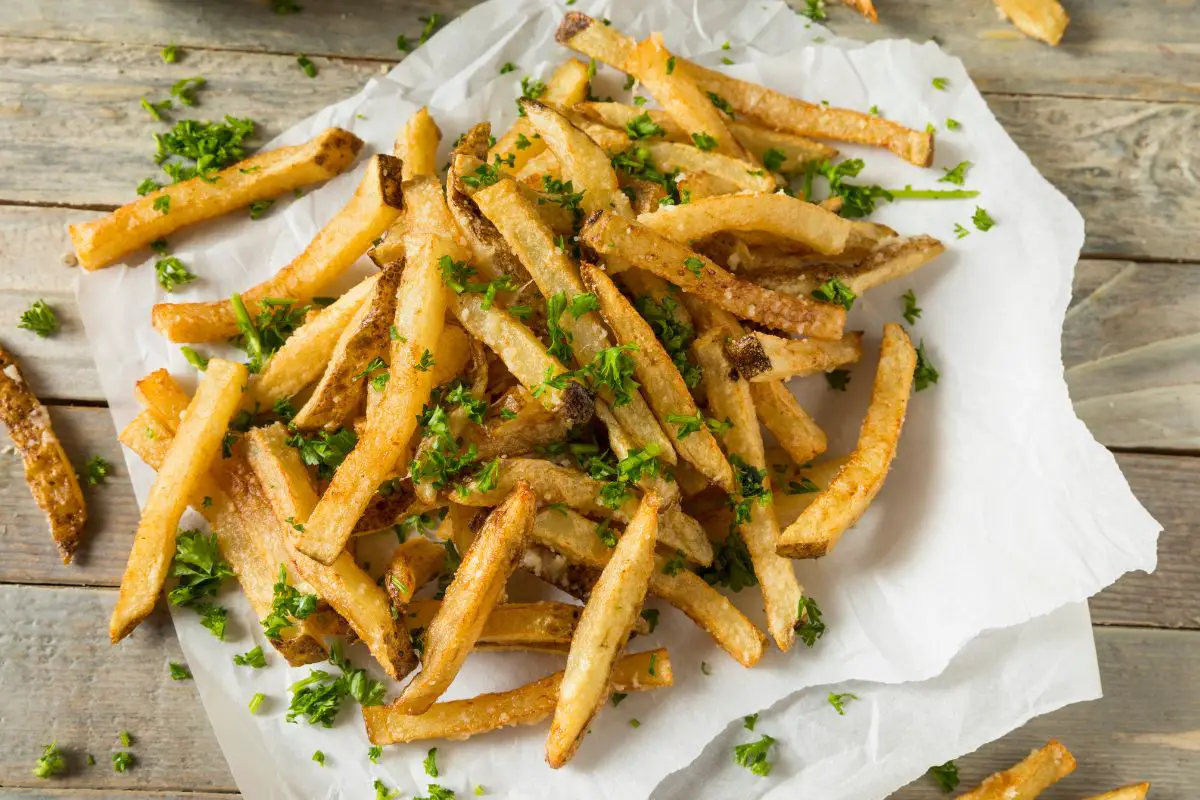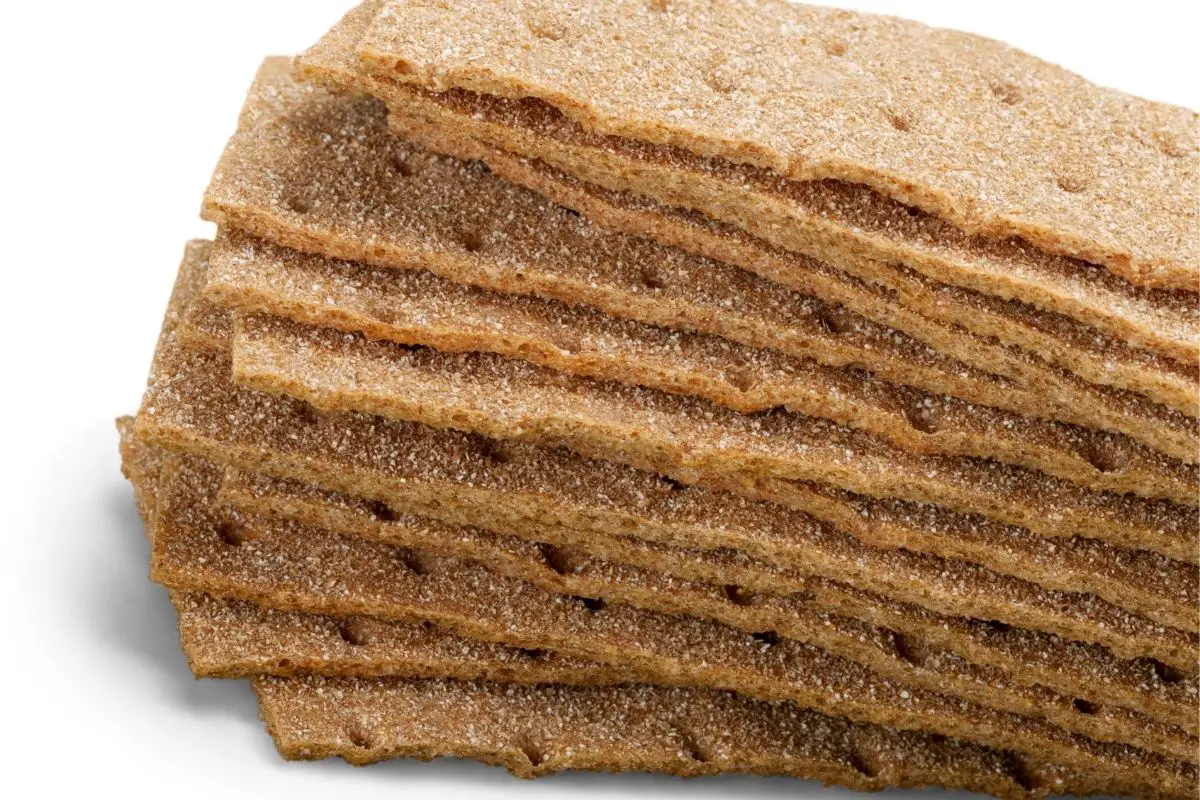Butternut squash is a versatile and popular vegetable. There are lots of different recipes that use butternut squash, and it is very nutritious.
But what if you can’t get hold of it? Or maybe you just don’t really like butternut squash.
We have put together this list of the best substitutes that you can use in place of butternut squash in various recipes.
Keep reading to find out more.
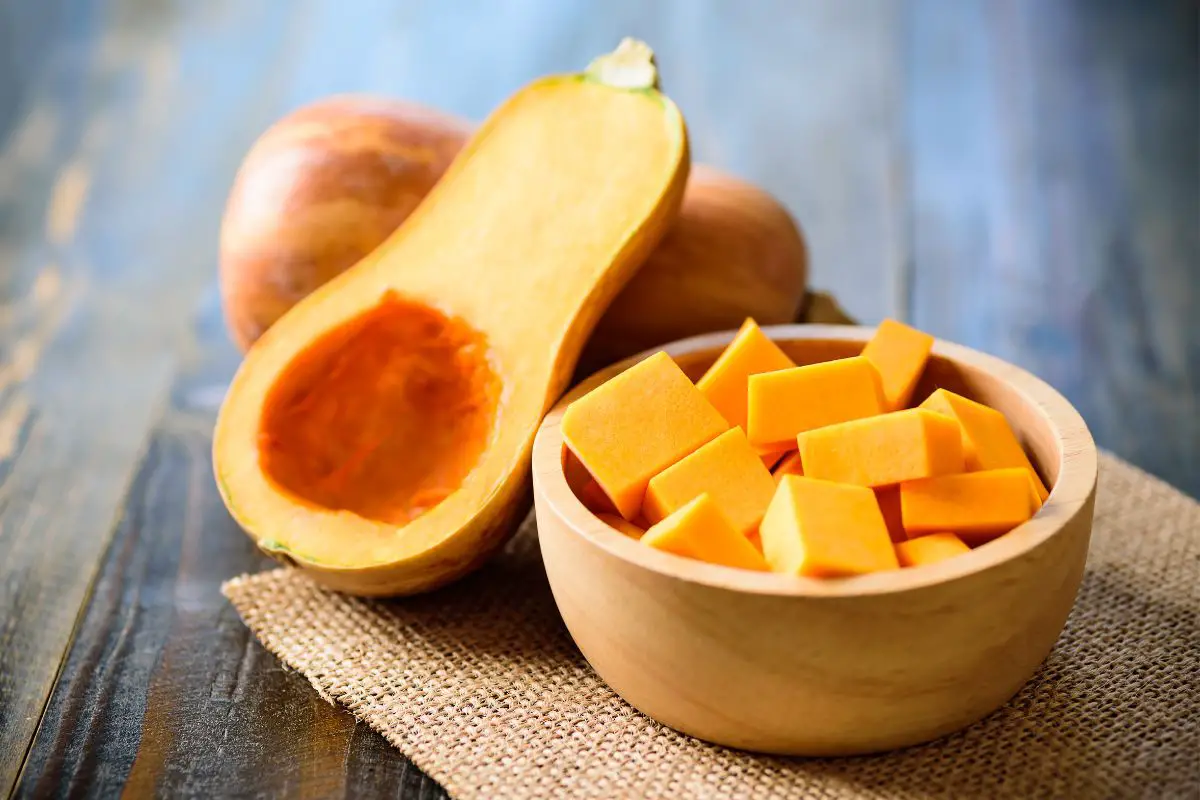
What Is Butternut Squash?
Butternut squash is a type of winter squash. It is grown on a vine and contains lots of important nutrients including vitamins, minerals and antioxidants.
It has a thick skin, with a dense yet moist flesh inside. There is also a compartment inside the squash with lots of seeds.
Butternut squash has a sweet and nutty flavor. This combined with a great balance of starch and sugar make it ideal for both and sweet recipes.
You can roast it, mash it, puree it, make it into
Unlike some similar types of vegetables, butternut squash is not stringy. When it is pureed it becomes very creamy and smooth, which is why it makes such a lovely addition to so many recipes.
It is native to Central and South America but is now grown in lots of different places all over the world.
What Can You Use Instead of Butternut Squash?
Butternut squash is usually widely available in grocery stores and farmers markets as it is relatively easy to grow. However, there might be times when it is out of season.
You might not like the flavor or texture of butternut squash, in which case you will need to find something to substitute it with in certain recipes.
Here are some ingredients that you can use as an alternative to butternut squash.
1. Acorn Squash
Acorn squash is another type of winter squash. It is quite difficult to cut because of the shape, but it makes a great alternative to butternut squash.
The flesh is a bit more yellow in color whereas butternut squash is orange.
Acorn squash has a mild and sweet taste and is high in fiber. It has a slightly denser texture than butternut squash, making it a better substitute for roasting rather than soups or purees.
It is slightly less sweet than butternut squash so roasting it helps to bring out the flavor. It is also very difficult to peel, so some people find it a bit fiddly.
2. Sweet Potato
Sweet potatoes are root vegetables that are high in starch. They have a warm, orange colored flesh which looks very similar to butternut squash.
They are arguably sweeter than butternut squash, which is why they are used for a lot of desserts as well as savory dishes.
They are significantly easier to peel and prepare than butternut squash, and they don’t have seeds inside them.
You can roast, boil, steam or mash sweet potatoes. You can turn it into a puree or cook it in cubes to add to curries etc.
It is pretty much completely interchangeable with butternut squash, but it has different nutritional value.
They are higher in fiber and starch, and contain potassium and vitamin B.
They are almost twice as high in carbohydrates as butternut squash, so they are not a suitable alternative for anyone on a low carb diet.
3. Pumpkin
A lot of people don’t realize that pumpkin is actually a type of winter squash, just like butternut squash. This makes it an ideal alternative.
Pumpkins are notoriously fiddly to prepare, as they are tough to peel and it takes a while to scrape out the seeds.
However, once the seeds have been taken out you can roast them and use them on salads or to garnish different meals.
Pumpkins are native to Mexico, but are now grown in a lot of different countries. The flavor is sweet and nutty, very similar to butternut squash.
The main difference is that butternut squash is a bit softer, so you might need to add cream or butter if you are making a pumpkin puree. You can buy canned pumpkin if you want to save some time and effort with the preparation.
Pumpkin is lower in carbs than butternut squash – it has almost half the carbohydrate per 100g. This makes it a good substitute for anyone trying to cut down the carbohydrates from their diet.
Pumpkin has a similar colored flesh to butternut squash, and it is high in vitamins, minerals and antioxidants.
4. Hubbard Squash
Hubbard squash has a sweet flavor, very similar to butternut squash. The main difference is the flesh. Hubbard squash has a more grainy flesh, so it is not as smooth as butternut squash.
This isn’t a big problem unless you are making a puree or a mash. One way to get around this issue is to add cream or milk to the puree, or even a bit of potato. You can also use a food processor to get the texture as smooth.
The skin of hubbard squash is very thick. This makes them tricky to prepare, but it gives them a longer shelf life than other types of winter squash.
It is ideal for roasting, and the best way to bring out the flavor is with a little butter and brown sugar. It also works really well with winter spices.
There are actually quite a few different types of hubbard squash. Some of them look like pumpkins, and others have a more elongated appearance with lighter colored flesh.
5. Carrots
Carrots are a root vegetable. They are orange in color and have a sweet flavor.
They aren’t as sweet as butternut squash, but if you roast them and then mash them they can work as a good substitute for mashed butternut squash. They have a similar carbohydrate content to butternut squash.
You can also add a little honey to the mashed carrots to make them even sweeter.
Mashed carrots have a bit more of a grainy texture than mashed butternut squash.
You will probably need to use a food processor to get the mixture as smooth as possible, and you could even add some potato, sweet potato, or a dash of milk or cream.
Carrots are a great source of Vitamin C and Vitamin B, and eating carrots regularly has a lot of health benefits.
They are also one of the most readily available vegetables, and you can find them in pretty much any grocery store all year round.
6. Delicata Squash
Delicata squash has a lovely appearance. They are quite long in shape, with yellow and green striped skin. They are a winter squash, just like butternut squash, and they have yellow-orange colored flesh.
As the name suggests, their skin is much thinner than other types of squash. This means they won’t last as long, but they are much easier to peel and prepare.
Delicata squash has a sweet flavor, but it is a bit more mild and subtle than butternut squash. It won’t be as suitable for dishes with strong flavors, like curries etc.
It is best cooked with simple flavors like butter, salt and pepper, and aromatic herbs. It has a lovely, soft texture when cooked, so it is nice and smooth. It is great for purees and soups, and is delicious when roasted.
Delicata squash is high in fiber which makes it a good choice. It is also very high in potassium, which is quite a hard nutrient to include in your diet.
One thing to consider is that delicata is high in carbohydrates. It is almost double the amount of carbohydrates as butternut squash.
Other Alternatives To Butternut Squash
There are a few other alternatives to butternut squash that you can try:
- Buttercup squash – This is another type of winter squash. It has a thick green skin and a vibrant orange flesh
- Sugar pumpkin – sugar pumpkins are smaller and sweeter than regular pumpkins, but they are tricker to get hold of
- Summer squash – Summer squash is harvested much earlier when the skin is still thin, such as zucchini
Summary
Butternut squash is a popular and versatile vegetable. If you can’t get hold of butternut squash, or you want to try an alternative because you don’t really like the flavor, any of these vegetables would be a good choice.
The 6 Best Substitutes For Butternut Squash
Course: Sides4
servings30
minutes40
minutes300
kcalIngredients
Acorn Squash
Sweet Potato
Pumpkin
Hubbard Squash
Carrots
Delicata Squash
Directions
- Decide on what substitute you need
- Pick a substitute from the list above
- Read what you need to substitute with
- Create the recipe and enjoy
Recipe Video
https://www.youtube.com/watch?v=RqniOsEzHfAVideo can’t be loaded because JavaScript is disabled: 8 Inventive Ways to Enjoy Butternut Squash (https://www.youtube.com/watch?v=RqniOsEzHfA)- What Exactly Do Chickpeas Taste Like? Is There A Distinct Flavor? - September 30, 2023
- Top 11 Low Carb Options at Sonic Drive-In for Keto Diet - September 30, 2023
- What Should You Serve Alongside Potato Salad? 8 Incredible Side Dishes - September 30, 2023

